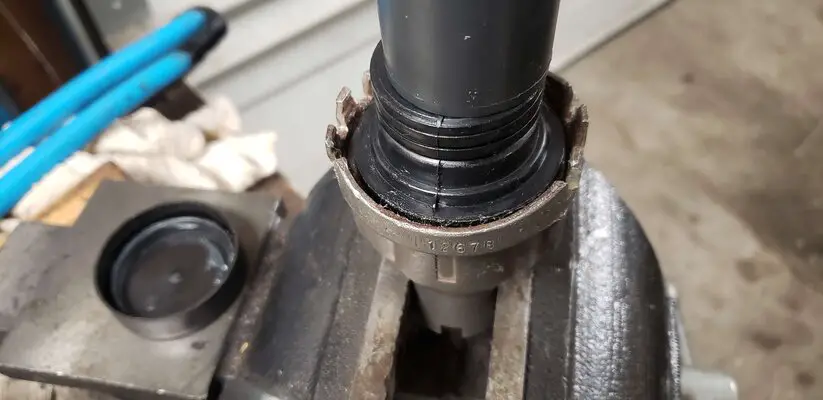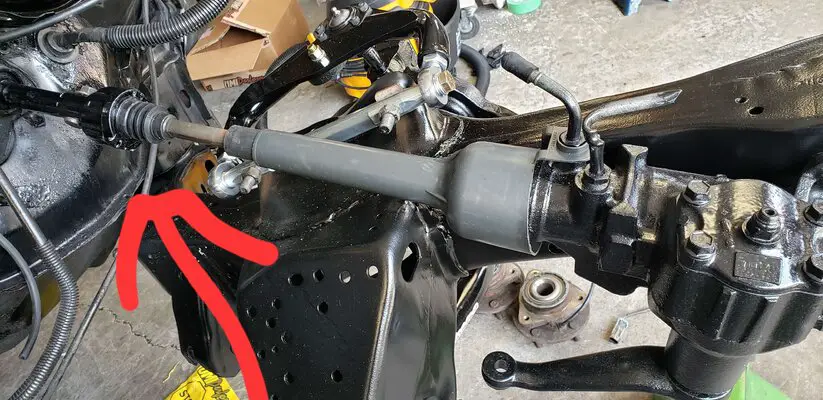Heat from forward turbo pipes has melted my son’s. The rag joint would get gooey/spongey feeling. An Astro van shaft solved the issue, and also had more clearance.
That's a very good reason to do the swap. It's been my experience that melted sh*t and stuff that's on fire don't usually operate as originally intended. If you don't care about harmonics in your hands and need every bit of road feel, then get those conversion shafts. I understand there are always reasons to make the system tight as possible, such as handling considerations.
In my own experiences with rag joints which GM has seemingly used on cars since 2,000 B.C., 95% of the ones I've seen on other cars that are weak and tear USUALLY have or had a leaky power steering system and get oil soaked, swell up, degrade to mush, then fail. As everyone should already know, GM didn't design G-body cars with the most primo parts and never expected 40 years or more service from them. Replacing them with other types of systems is fine, just know what you're getting into and any safety features you may be bypassing.
But I'm in the camp of
ck80 on this. I've never personally had a rag joint failure. I've had my share of clunky boxes over the years, but that was more a process of clearances/gear and linkage wear. I've had no issues keeping my junk between the ditches using rag joints.
And as far as
jimsmonte80 comments goes, I'm going to go ahead and disagree with the statement about his telescoping feature purpose opinion as it doesn't make sense to me. Have you ever tried to push in or pull apart an intermediate shaft by hand? Maybe the Hulk can do it, but I need to eat more Wheaties if I'm going to do it. It is designed not to move under normal conditions. The intermediate shaft is collapsible along with the sliding mounts under the dash because of crash considerations. Nothing more. It's been that way for ages. Well, since 1967 anyway.
When properly mounted on the frame at the factory, the G-body body and the frame was designed to act as one. Your body should not be moving around on the frame unless something is wrong. Any movement of the steering column and frame should be negligible, and what minute flex is there is designed to be absorbed by, you guessed it, the rag joint. Not the collapsible feature. Otherwise they'd have used the same part number intermediate shafts for all the different body styles to save $. It also is there for NVH considerations, just like those body bushings. Weakness with age, improper maintenance, and rust, etc., takes its toll on the entire car and yes, at some point you may see more flex in the car overall which can and does affect your steering systems. But it was not designed that way.
Of course you can believe whatever you wish. But I'm not a rag joint poo- pooher.



